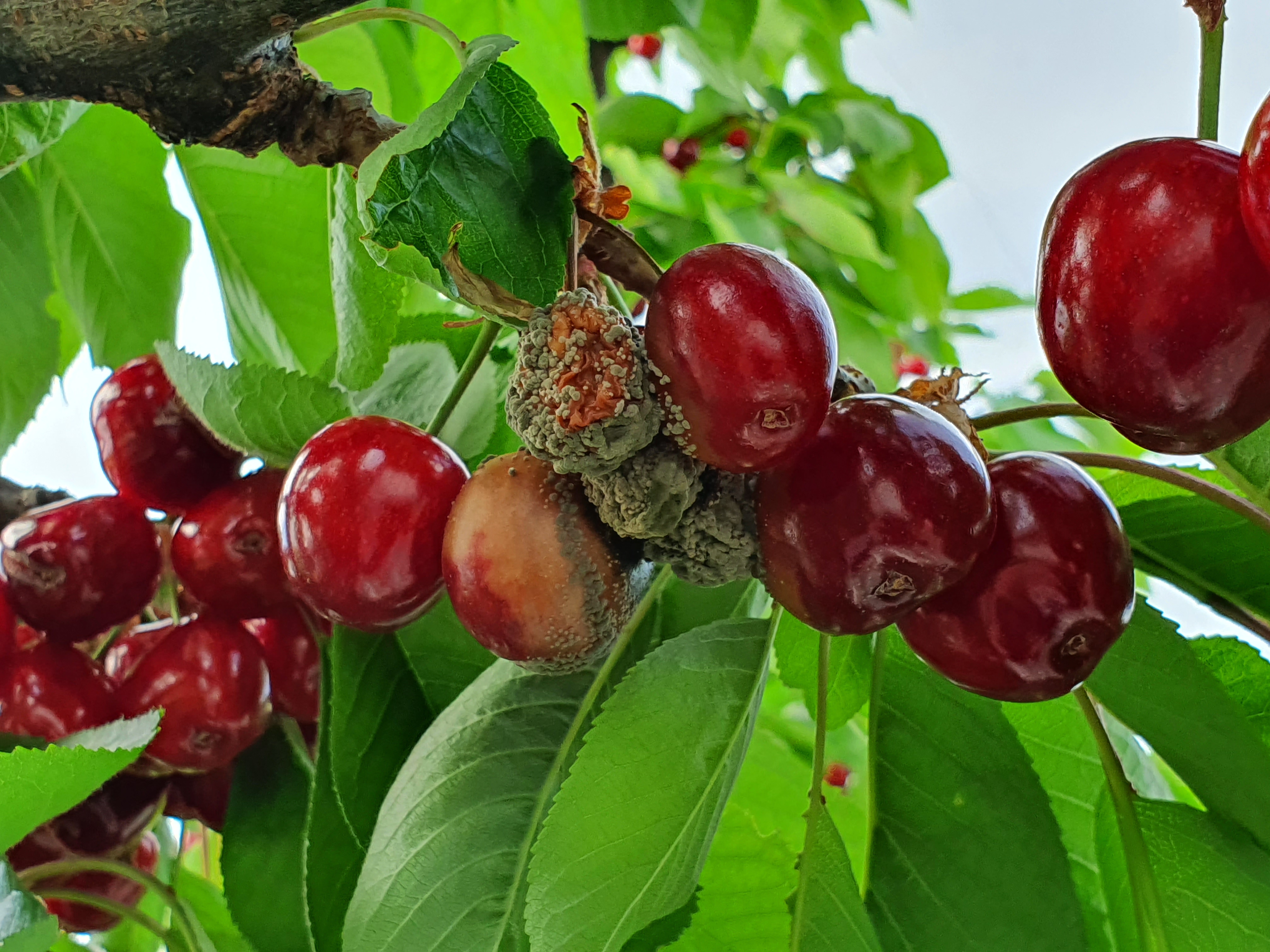Integrated Nutrient Management (INM) is essential to achieve high yields and quality fruits in a sustainable manner over time. INM has been successfully adopted by leading cherry producing and exporting companies in Chile.
To compete in global markets, it is necessary to produce fruits of the highest quality, with good size, adequate firmness, sufficient dry matter content, and strong stems. These attributes ensure that the fruit can withstand long journeys and maintain optimal postharvest quality until final consumption.
These requirements become even more important in an increasingly competitive market environment, mainly due to cherry oversupply in key markets such as China. Once the variety, rootstock, climate (partially controllable), and soil are defined, agronomic management determines at least 50% of the final result.
Among these practices, nutrition, together with irrigation, is one of the key aspects in achieving production goals in terms of yield and quality. However, nutritional management is not about applying large quantities of nutrients, but rather about supplying only what is strictly necessary. It is essential to have a functioning soil that continuously and sustainably provides a significant share of the required nutrients.
Integrated Nutrient Management
This article outlines the basics of Integrated Nutrient Management in cherry cultivation, a concept successfully applied by major Chilean cherry producers and exporters.
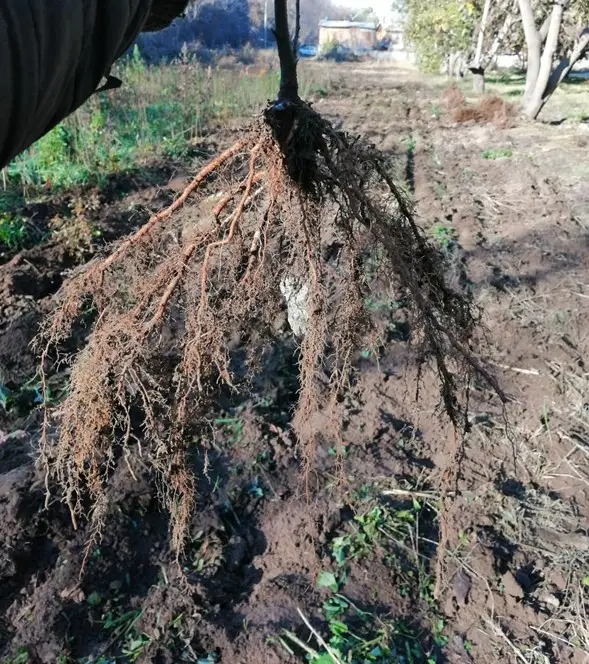 Image 1. Long-term results with INM include a well-developed root system and a high percentage of fine roots.
Image 1. Long-term results with INM include a well-developed root system and a high percentage of fine roots.
Integrated Nutrient Management (INM) is an essential component of the Regenerative Agriculture (RA) concept, which aims to restore or improve soil health by recovering carbon (organic matter) in the soil and increasing production efficiency—producing more with fewer external inputs.
INM can be defined as the integration of the best available tools and technologies for efficient and sustainable nutrient management, enabling production goals to be met in terms of yield, quality, and stability, while ensuring efficiency and sustainability.
Figure 1 presents the main components of INM, with special attention to the use of diagnostic tools as the foundation of a nutritional program, dosage regulation, and the use of organic matter with varying lability, among others.
Soil diagnostics and variability
The use of diagnostic tools is essential when designing an INM program, as they provide key information to identify soil limitations and possible solutions. Proper soil sampling, with at least 20 subsamples per composite sample, allows accurate estimation of the average property of interest (~10%).
 Figure 1. Components of an integrated nutrient management program for cherry orchards.
Figure 1. Components of an integrated nutrient management program for cherry orchards.
Although management decisions based on the average can be a good starting point, this is misleading as it hides areas with deficiencies or excesses. Ideally, an INM program should start with a detailed soil map that enables site-specific identification and classification of limiting factors.
Figure 2 presents maps of selected soil properties in a cherry orchard, highlighting high spatial variability in organic matter content and the availability of phosphorus (P), potassium (K), and calcium (Ca), making site-specific corrections necessary.
Fundamentals of integrated nutrient management
Figure 3 illustrates a simplified diagram of the soil-water-plant-microorganism system. In the presence of water (rain or irrigation), a dynamic balance is created between the solid phase and the soil solution. The solid phase releases nutrients into the solution, from which plants absorb them.
When fertilization occurs, the nutrient concentration in the solution increases, and nutrients may migrate back to the solid phase.
 Figure 2. Spatial variability of some soil properties in a cherry orchard.
Figure 2. Spatial variability of some soil properties in a cherry orchard.
This balance is influenced by the plant itself, which absorbs nutrients but also releases them through the decomposition of its tissues (roots, leaves, pruning residues, etc.); by heterotrophic soil microorganisms, which consume nutrients but return them through metabolic activity; by physical soil properties (clay soils release nutrients more slowly but steadily than sandy soils); and by chemical properties, such as pH, which regulates nutrient solubility in the solution.
 Figure 3. Soil-plant-water-microorganism system managed through the integrated nutrient management program.
Figure 3. Soil-plant-water-microorganism system managed through the integrated nutrient management program.
Integrated nutritional strategies in cherries
Using the best agronomic knowledge, this system is managed to maximize nutrient availability in the soil solution and optimize absorption by fostering the development of abundant fine roots. INM goals in cherries are achieved through the integration of the following strategies (Figure 4):
1. Correcting soil limitations
Common corrections include the application of organic matter, calcium carbonate (lime), calcium sulfate (gypsum), phosphorus, and potassium. In orchards, approximately 20% of the area requires organic amendments, 50% lime, 30% phosphorus, 40% potassium, while only 5% shows magnesium (Mg) deficiency.
2. Adjusting nutrient doses
Cherry trees have moderate nutrient needs. Average requirements (fruits, leaves, shoots, spurs, roots, fruit) are 6 kg nitrogen (N) per ton, 1.5 kg P₂O₅/ton, and 8 kg K₂O/ha. Extractions (nutrients removed with fruit) are generally low: 2 kg N/ton, 0.8 kg P₂O₅/ton, 3 kg K₂O/ton, and 0.12 kg Ca/ton. A yield of 15 tons/ha results in ~2 kg Ca/ha extracted.
3. Use of nitrification inhibitors
This technology reduces nitrogen losses through leaching or denitrification, ensuring a consistent supply of mineralized nitrogen. It also maintains an optimal N-NH₄/N-NO₃ ratio, balancing tree vigor and improving uptake of nutrients like phosphorus by stimulating root growth. Nitrification inhibitors do not affect soil microbiota.
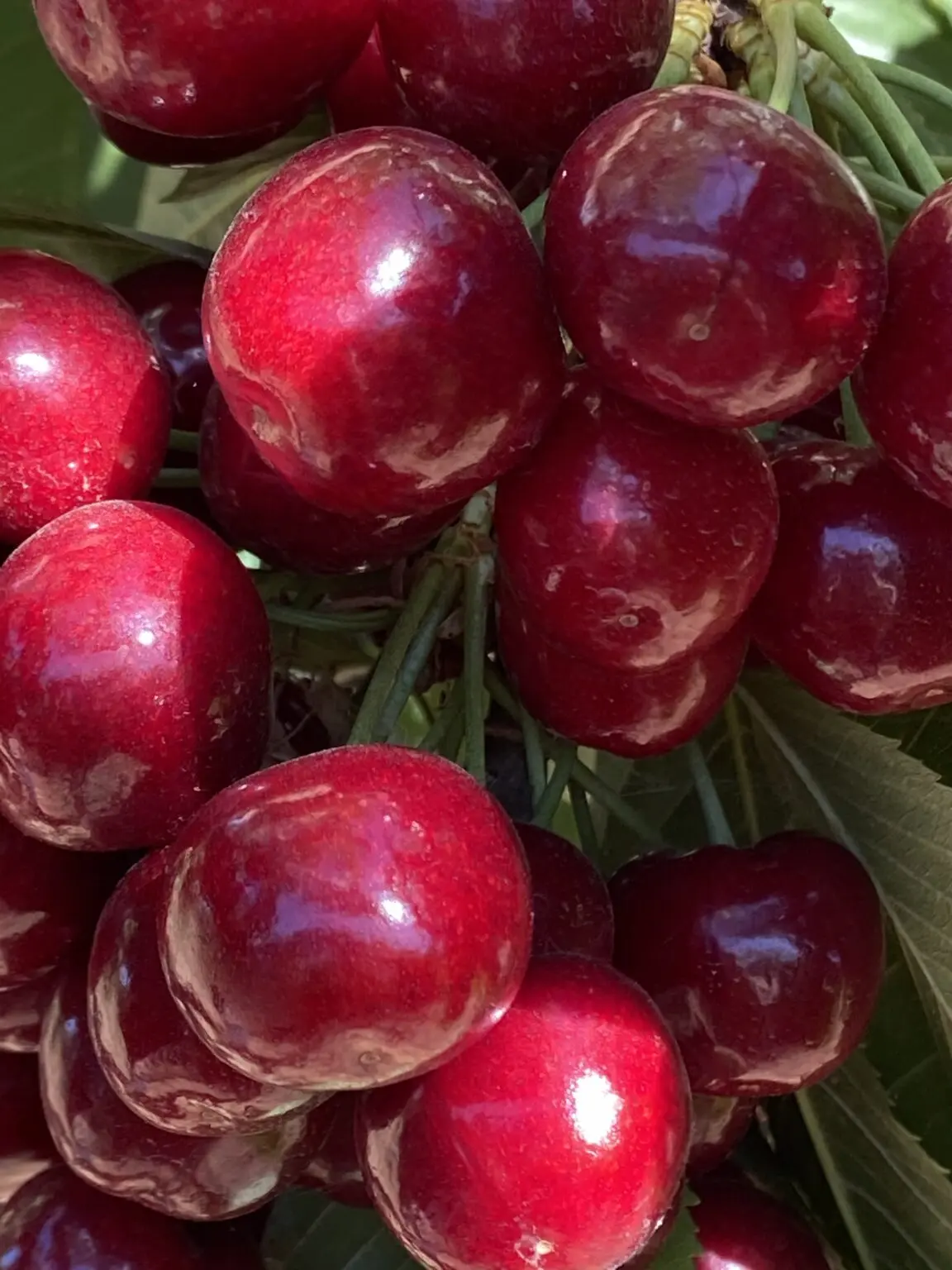 Image 2. Integrated nutrient management is key to achieving high yields and fruit quality.
Image 2. Integrated nutrient management is key to achieving high yields and fruit quality.
Organic matter and biostimulants
4. Applications of organic matter with different lability
Organic matter is used to improve soil quality, stimulate biological activity, bio-stimulate the tree, or sequester metals like copper. Most cherry soils have high Cu-DTPA levels, so recalcitrant organic materials like leonardite-derived humic substances are recommended.
5. Use of microbial and non-microbial biostimulants
The goal is to stimulate root development and enhance water and nutrient uptake, especially calcium. This is achieved through mechanisms like nutrient solubilization, hormone production, disease suppression, and systemic resistance induction.
Estimating nutrient doses in cherries
Nutrient doses are estimated differently depending on the nutrient (Figure 5). For immobile elements (P, K, Mg), the “build-up + maintenance” approach is used: bring the soil to a critical level, then replenish only what's extracted.
For nitrogen (N), a balance between demand and supply is calculated, considering residual N, mineralized N, and N from irrigation water. The median mineralized N contribution from soil in cherry orchards is ~80 kg N/ha in the root band (50%).
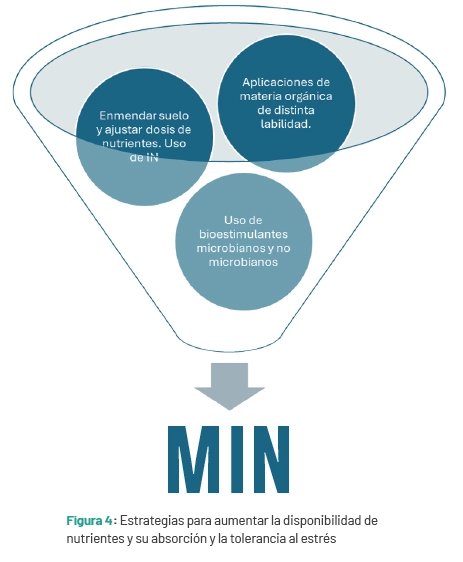 Figure 4. Strategies to increase nutrient availability, uptake, and stress tolerance.
Figure 4. Strategies to increase nutrient availability, uptake, and stress tolerance.
INM and fruit quality
To achieve high-quality fruits in terms of size and firmness, practices like pruning, thinning, and vigor control must be accompanied by proper nitrogen management and sufficient calcium supply and uptake. Ideal firmness requires 0.8–1% nitrogen (dry matter basis) and >600–1000 mg/kg Ca. Thus, nitrogen budgeting is essential.
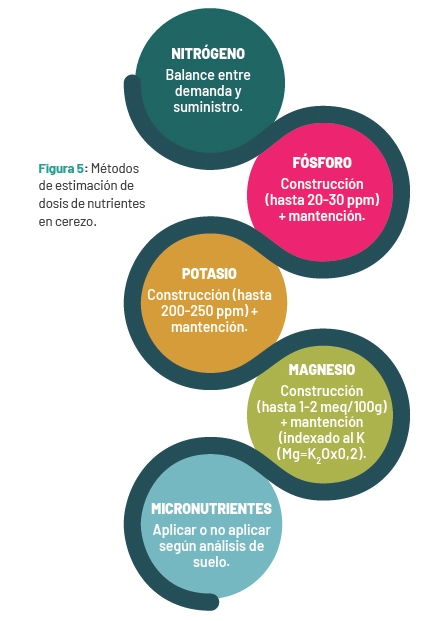 Figure 5. Methods for estimating nutrient doses in cherry cultivation.
Figure 5. Methods for estimating nutrient doses in cherry cultivation.
For a 15-ton/ha yield, nitrogen doses should not exceed 60 kg N/ha in soils with 2% organic matter. Pre-harvest N should not exceed 30% of total dose (20 kg N/ha).
Maintaining good calcium levels in the soil (>5 cmol(+)/kg) is also critical. Apply gypsum if pH > 6.5 or calcium carbonate/dolomitic lime if pH < 6.5 and magnesium levels are low.
It’s also advisable to apply organic matter suited to site conditions and use microbial biostimulants (PGPR). The result is firmer, well-sized, and more uniform fruit (Figure 6).
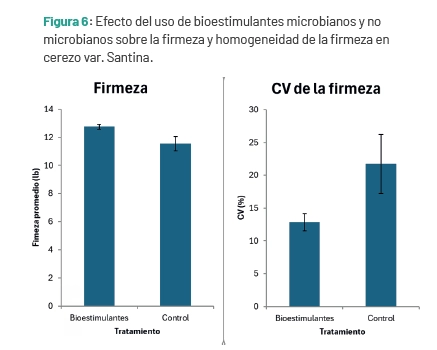 Figure 6. Effects of microbial and non-microbial biostimulants on firmness and firmness uniformity of Santina cherries.
Figure 6. Effects of microbial and non-microbial biostimulants on firmness and firmness uniformity of Santina cherries.
Long-term results with INM
Several successful cherry producers and exporters have adopted the Integrated Nutrient Management approach, achieving:
- Improved overall soil quality
- Reduced external nutrient inputs
- Nearly perfect N-NH₄/N-NO₃ soil ratio
- Healthy, balanced orchards with early production
- High soil biological activity
- Well-developed root systems with abundant fine roots
- High-quality fruits
Yield and fruit quality in cherry orchards start with the soil. A “functioning” soil supplies a large share of required nutrients and improves tolerance to biotic and abiotic stress.
High-quality soil allows for a consistent nutrient supply, reducing dependency on timing and simplifying nutrient management.
Rodrigo Ortega and Maria Mercedes Martinez
Mundoagro
Text and images source: Mundoagro
Cherry Times – All rights reserved













